by David Parmer
The U.S. Vice President’s speech at the U.S. Naval Academy graduation on May 22 was pure Biden. The Vice President engaged his audience as only a seasoned politician can do. In just over 25 minutes he made remarks appropriate to the occasion, acknowledged dignitaries and treated all to samples of the Biden wit and humor. That’s not to say that the speech lacked gravitas; he praised the hard work of the graduates and wished them well in their chosen careers in the U.S. Navy or U.S. Marine Corps, and explained how much the country needs them. It was a fine commencement speech indeed.
However, what could easily be overlooked with the emphasis on humor and ceremony was the tough policy speech that was wrapped in that framework. Mr. Biden laid out U.S. foreign policy clearly and bluntly. He explained that the U.S. was not only a world power, but a Pacific power, and that the U.S. had been active in the Pacific for the past 60 years and would continue to be so. He pointed the finger at China for its actions in the South China Sea, and criticized China’s unilateral policy in the area. And in a strong statement, after enumerating U.S. naval power, he said “…woe betide the foe who decides to challenge the United States of America or our Navy.” And to further make his point he said: “America’s command of the oceans is the measure and the symbol of our diplomatic and military primacy in the world.”
In 1900, U.S. President Teddy Roosevelt wrote: “Speak softly and carry a big stick; you will go far.” Roosevelt’s America had a strong navy and was not afraid to use it. It seems as if on May 22, Vice President Biden was channeling the spirit of Teddy Roosevelt to a receptive audience of sailors and marines.
Just down the road is the U.S. presidential election in 2016. Mr. Biden has not ruled out seeking the nomination. And, Mr. Biden’s speech at the U.S. Naval Academy did not seem Vice Presidential, but rather more Presidential. He laid out a bold vision of American power in this century and beyond. Perhaps Joe Biden is not ready to sail off into the sunset just yet. Judged by his Annapolis speech, it would seem that that is the case.
Excerpts from Vice President Biden’s Speech at Annapolis on May 22, 2015
U.S. foreign policy is rebalancing toward the vast potential of the Asia Pacific region. But we can’t succeed if you don’t show up. That’s why 60 percent of the United States Naval forces will be stationed in the Asia Pacific by 2020 — P-8s, Zumwalt-class destroyers, littoral combat ships, forward-deployed forces, Marines in Darwin — all and many more are headed to the Pacific, and so are many of you. And it matters — because Pacific peace and prosperity, to a great extent, has depended on and will continue to depend on U.S. Naval power, just as it has for the past 60 years.
In the disputed waters of the South China Sea, the United States does not privilege the claims of one nation over another. But we do — unapologetically — stand up for the equitable and peaceful resolution of disputes and for the freedom of navigation.
And today, these principles are being tested by Chinese activities in the South China Sea. They’re building airstrips –the placing of oil rigs, the imposition of unilateral bans on fishing in disputed territories, the declaration of air-defense zones, the reclamation of land, which other countries are doing, but not nearly on the massive scale the Chinese are doing.
We will look to you to guarantee our strategic nuclear deterrence serving in Navy ballistic missile submarines, the most secure and survivable element of our nuclear triad. From the offensive firepower of the Marine Expeditionary Force to our Carrier strike forces to our multi-nation ballistic missile defense capable ships [sic], woe betide the foe who decides to challenge the United States of America or our Navy.
America’s command of the oceans is the measure and the symbol of our diplomatic and military primacy in the world. As George Washington remarked during the Revolutionary War, “It follows then as certain as that night succeeds day that without a decisive naval force we can do nothing definitive. And with it, everything honorable and glorious.” That hasn’t changed one single bit.
https://www.whitehouse.gov/the-press-office/2015/05/22/commencement-address-vice-president-united-states-naval-academy
Photo: U.S. Naval Academy (public domain) via flickr
 日本語
日本語 English
English 中国語
中国語
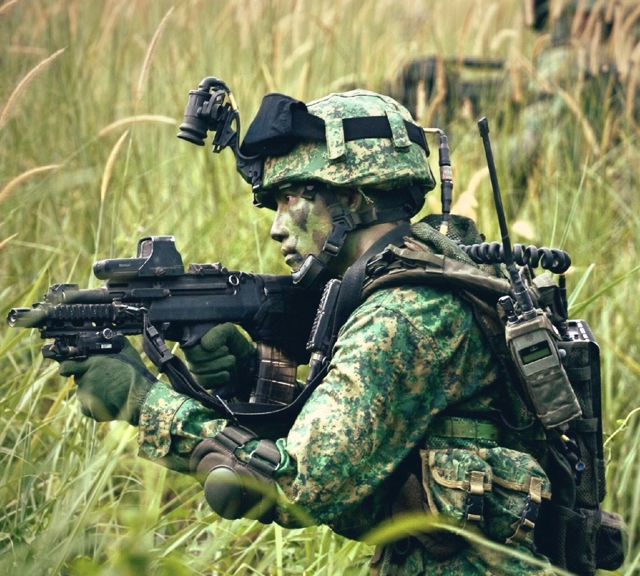 Singapore Soldier (Photo: tumblr)
Singapore Soldier (Photo: tumblr)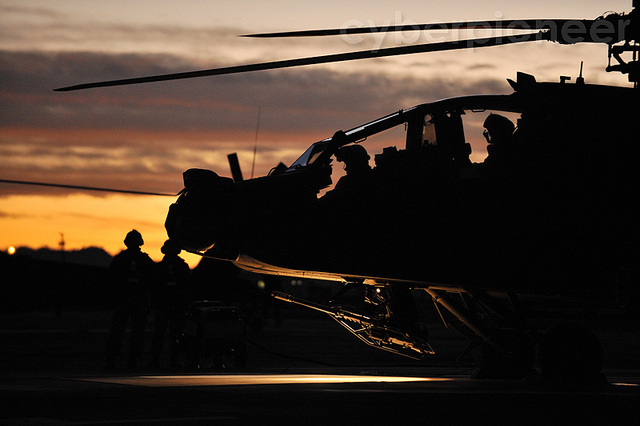 SAF Apache Helicopter (MOD via flickr)
SAF Apache Helicopter (MOD via flickr) 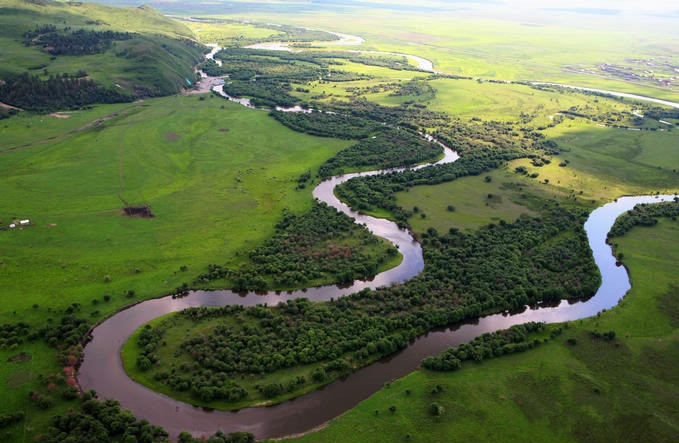
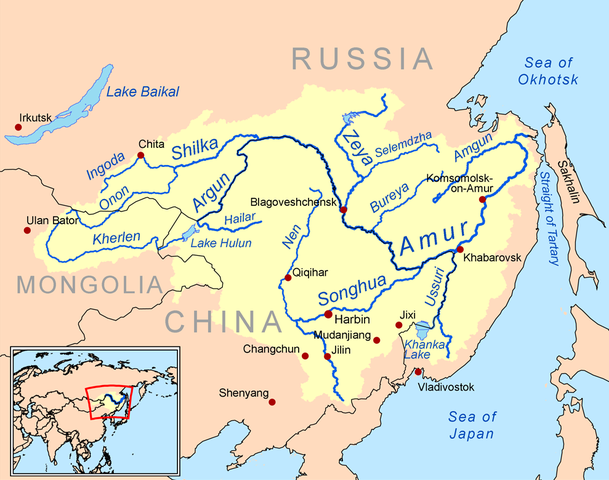
 Amur Tiger (Photo: V. Solkin WWF Rusia)
Amur Tiger (Photo: V. Solkin WWF Rusia)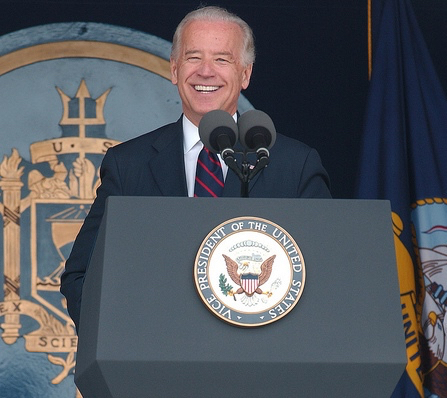
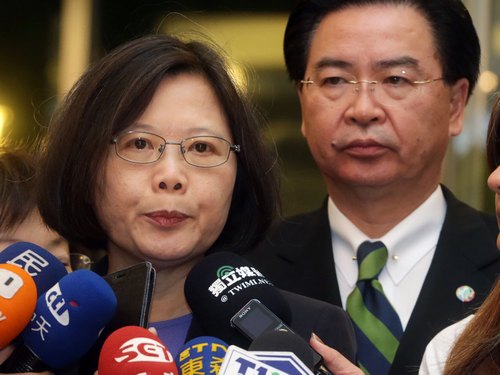 (Photo: Focus Taiwan News)
(Photo: Focus Taiwan News)

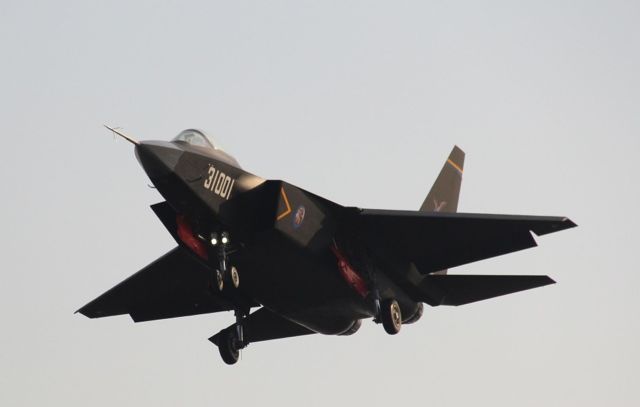
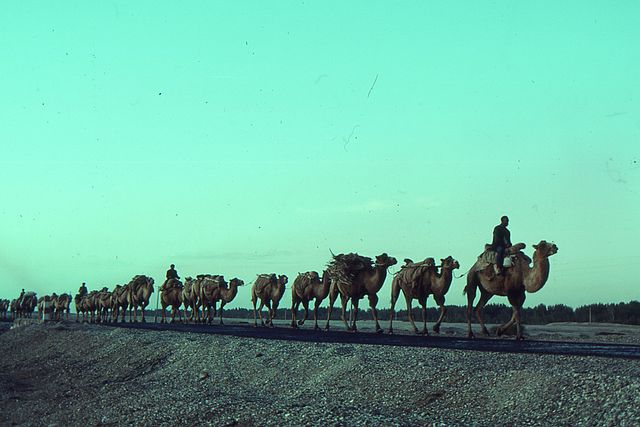 (Photo: Wikimedia)
(Photo: Wikimedia)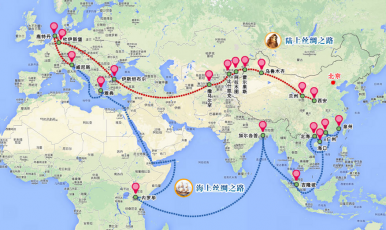 New Silk Road (Xinhua via Diplomat)
New Silk Road (Xinhua via Diplomat)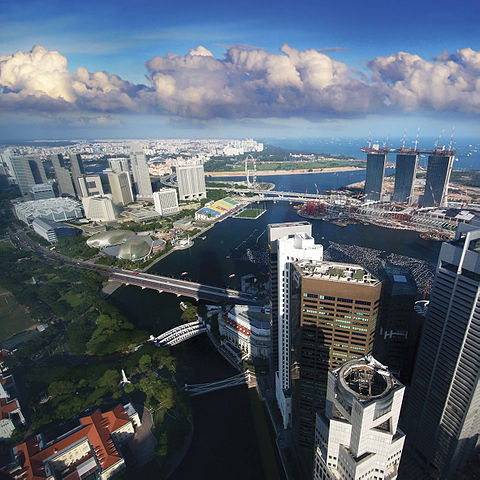 Singapore Skyline (Wikimedia)
Singapore Skyline (Wikimedia)